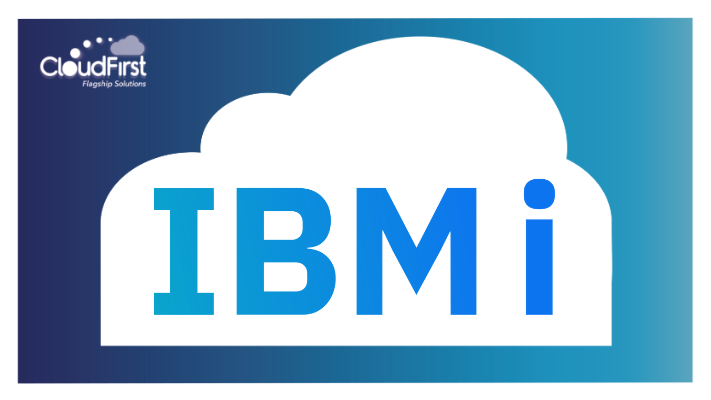Microsoft Azure is a cloud computing service that, like AWS, doesn’t play nice with IBM Power. This isn’t great news for those who want to keep their current IT systems for financial reasons while still using new technology to enhance scalability and security. PCMag’s review of Azure notes that Microsoft’s claim to fame is its
Cloud Computing
The Complete Guide to Running IBM Power on AWS
3 Takeaways from COMMON POWERUp 2024
We’re always looking for insights into the latest trends in Power Systems technology and how real end users are taking advantage of IBM i. So we went straight to the source. COMMON POWERUp 2024 is the annual gathering of IBM i experts, administrators, developers, and service providers. CloudFirst hit the floor to talk to leading
What is IBM Cloud Direct Connect? Why Does It Matter?
Introduction to IBM Power Systems Cloud Environments
After investing time and money into your IBM Power Systems for years, it’s frustrating to realize that most major cloud platforms aren’t compatible with IBM i series or AIX. It doesn’t just feel like IBM is being left behind—it feels like you are. It’s even more puzzling when you learn that thousands of companies still
Threats, Vulnerabilities and Solutions – How CloudFirst Protects Your Business and Your Data
Today’s businesses are under constant threat of cyber attacks. The famous last words “It could never happen to us” are famous for a reason. An organization that doesn’t prioritize cybersecurity paints a target on its back. The first step to protecting your company is understanding what you’re up against. In our Threats, Vulnerabilities, and Solutions
Top 5 Benefits of Adopting Cloud-first SD-WAN
Embracing a Cloud First SD-WAN approach is revolutionizing how businesses handle their network demands in the cloud era. This article delves into the top benefits of adopting Cloud First SD-WAN, highlighting how it not only simplifies network management but also ensures robust security, improved performance, and cost efficiency.
Blasting Away Old Spool Files Off the POWER Box with SQL
Securing IBM i When Migrating to the Cloud
Businesses make the decision to migrate their systems to the cloud for numerous reasons. Housing data and apps on the cloud allows them to streamline their operations, it enhances efficiencies, and it takes the burden off of IT teams who monitor systems on-site. Transitioning to the cloud also keeps business costs down.










